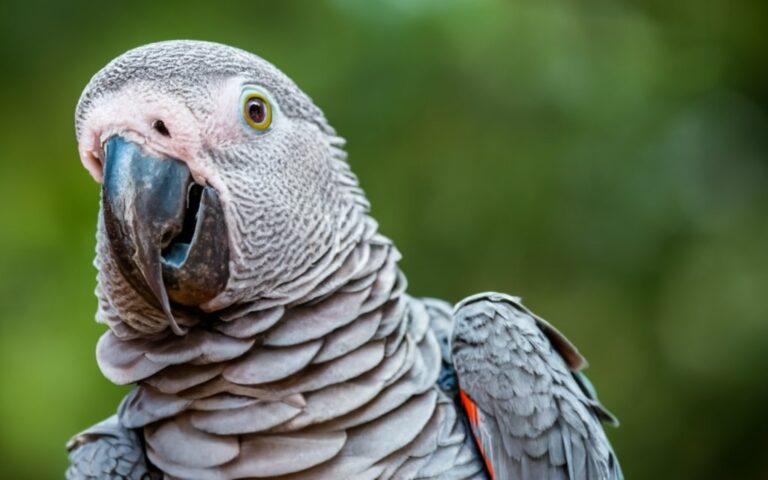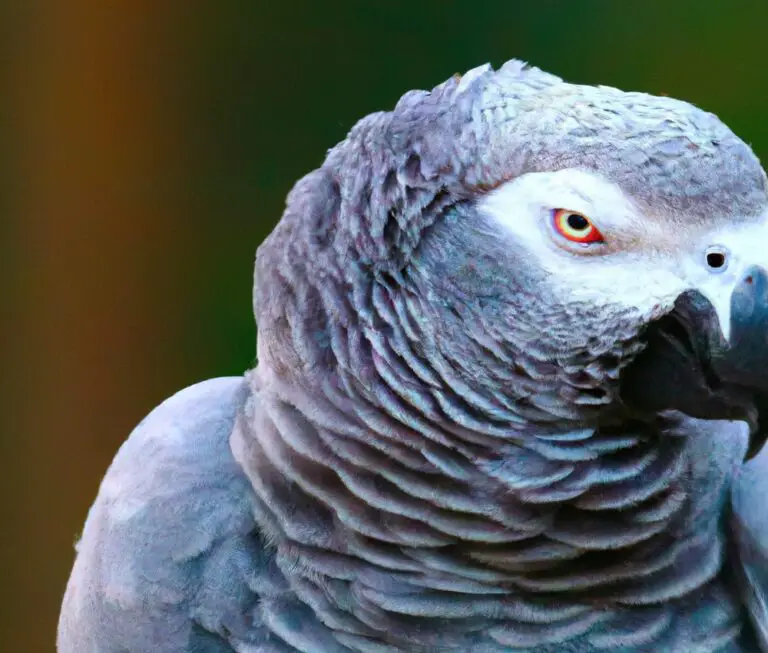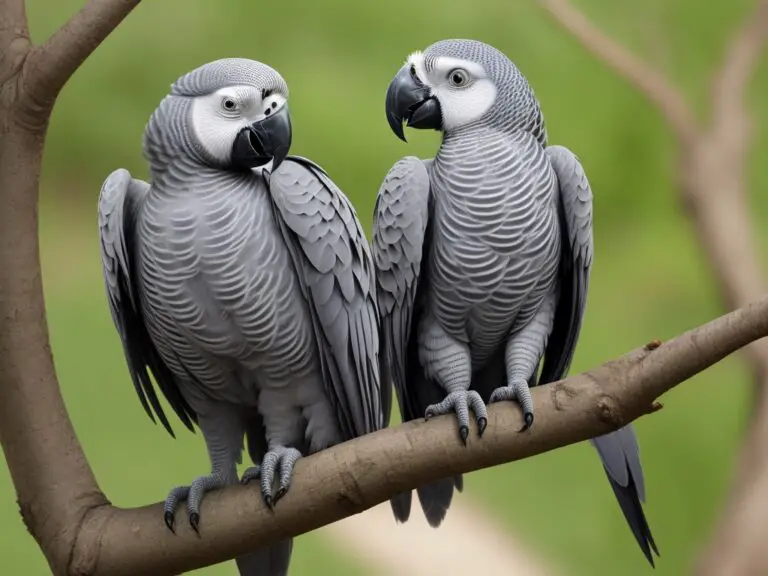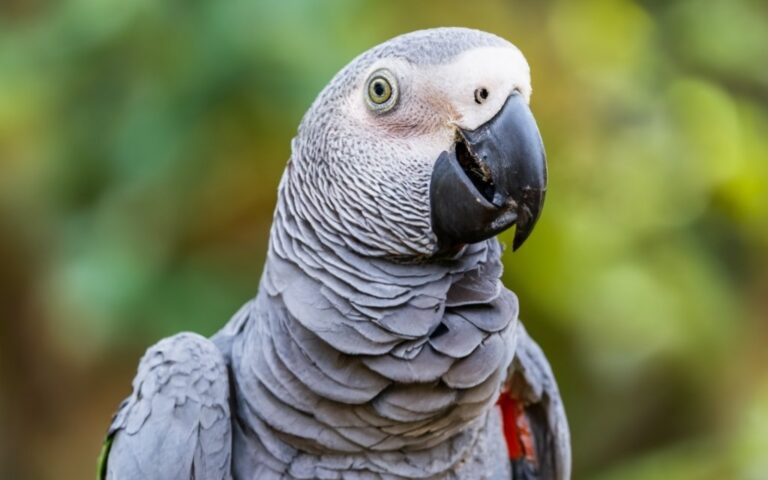How Do African Grey Parrots Adapt To Urban Environments?
Key Takeaways:
- African Grey Parrots have demonstrated the ability to adapt to urban environments despite their natural habitat being the rainforests of West and Central Africa.
- Factors such as food availability, social interactions, and the presence of artificial structures influence the success of African Grey Parrots in urban areas.
- This adaptation is likely facilitated by the parrots’ intelligence, flexibility in diet, and ability to form complex social bonds.
- Understanding how African Grey Parrots adapt to urban environments can help inform conservation efforts and promote coexistence between humans and these intelligent birds.
Picture this: a lush, vibrant forest teeming with life, where African Grey Parrots chatter away and swoop through the canopies.
Now, juxtapose that with the concrete jungle of a bustling city, where these intelligent birds gracefully navigate telephone poles and high-rise buildings.
It’s a fascinating sight, isn’t it?
Today, we’ll explore the remarkable ability of African Grey Parrots to adapt to urban environments and how they overcome the challenges brought by urbanization.
From changes in behavior to vocal adaptations and even modifications in their diet, these feathered wonders have found astonishing ways to thrive amidst the hustle and bustle of city life.
So, let’s delve into the enchanting world of African Grey Parrots and uncover their secrets to urban survival.
| Adaptations of African Grey Parrots in Urban Environments | |
|---|---|
| Habitat | Can live in trees, parks, and gardens in urban areas |
| Food | Adapted to consume human food scraps, seeds, nuts, and fruits available in urban areas |
| Behavior | Capable of mimicking sounds of urban environment, such as car alarms and sirens |
| Nesting | Build nests in tree cavities and structures in urban settings |
| Survival | Can adapt to noise pollution, predators, and interact with humans |
Urbanization and its Impact on Wildlife
Urbanization has a significant impact on wildlife, affecting their habitats, food sources, and overall survival.
Urbanization and its Effects on Wildlife
Urbanization has significant effects on wildlife.
The destruction of natural habitats, pollution, and the increased presence of humans disrupt the ecosystem.
Animals struggle to find food and shelter, leading to population declines and species extinction.
Moreover, urban environments increase the risk of collisions with vehicles and exposure to disease.
Challenges Faced by Wildlife in Urban Environments
Wildlife in urban environments face numerous challenges due to the rapid expansion of cities and human activity. These challenges include loss of habitat, limited food sources, increased pollution, exposure to toxins, and higher risks of predation and collisions with vehicles.
Additionally, urban environments can disrupt natural migration patterns and breeding behaviors, leading to population decline and genetic isolation.
Urbanization also creates barriers that restrict the movement of wildlife, making it difficult for them to find suitable habitats and resources. Urban wildlife must adapt to these challenges to survive and thrive in urban settings.
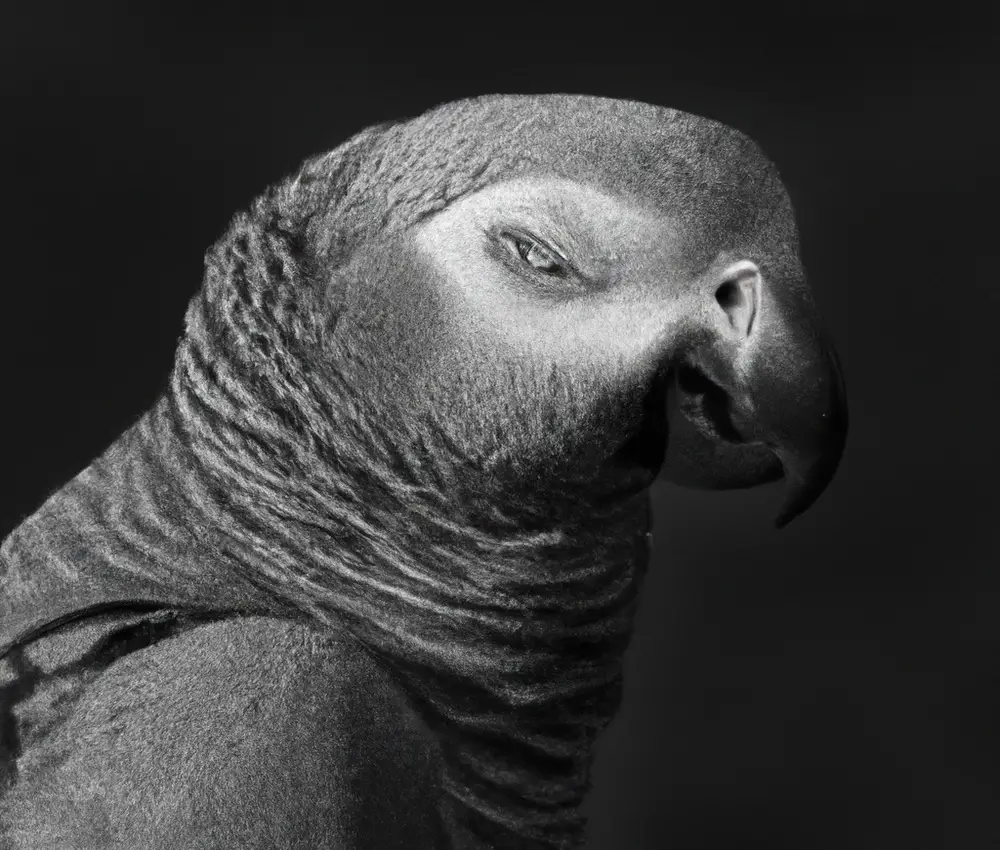
African Grey Parrots in Urban Environments
African Grey Parrots face unique challenges when living in urban environments.
Factors that Influence African Grey Parrots’ Ability to Adapt
Several factors influence African Grey Parrots’ ability to adapt in urban environments. One key factor is the availability of suitable food sources.
They need a diverse diet that includes fruits, seeds, nuts, and vegetation.
Another factor is the presence of safe nesting and roosting sites, such as tree cavities or artificial nest boxes. Additionally, the level of human disturbance, noise pollution, and habitat destruction can impact their ability to adapt.
Urbanization also affects their ability to communicate with other parrots and can disrupt their natural behaviors.
Providing these parrots with suitable food, nesting sites, and minimizing disturbance can help support their adaptation in urban environments.
Changes in African Grey Parrots’ Behavior in Urban Settings
African Grey Parrots undergo several behavior changes in urban settings. They adapt to noise pollution by increasing their vocalizations and adjusting their communication patterns.
They also alter their foraging behavior, relying more on human-provided food sources.
As social creatures, they may form larger flocks in urban areas. However, they face challenges such as habitat loss and exposure to pollutants, which can impact their behavior.
Adaptations of African Grey Parrots to Urban Settings
African Grey Parrots have developed several adaptations to thrive in urban environments. These adaptations include vocal, feeding, and nesting and roosting adaptations.
Vocal Adaptations
African Grey Parrots have remarkable vocal adaptations that help them thrive in urban environments. They have the ability to mimic various sounds, including human speech, which enables them to communicate effectively with humans and other birds.
This adaptation helps them to navigate their surroundings, locate food sources, and establish territories.
Additionally, their vocalizations serve as a way to attract mates and establish social bonds within their flock. Overall, their vocal adaptations play a significant role in their ability to adapt and survive in urban settings.
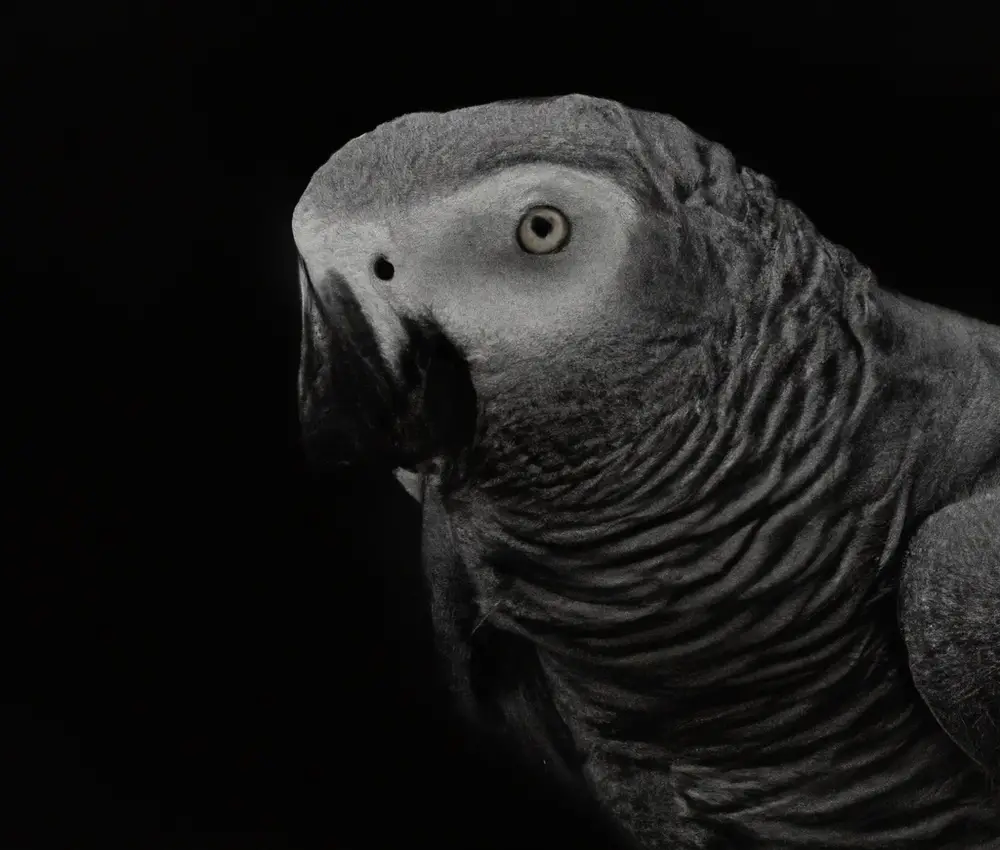
Feeding Adaptations
Feeding adaptations are crucial for African Grey Parrots in urban environments. They have adapted their diets to include a variety of foods found in urban areas, such as fruits, seeds, nuts, and even human food scraps.
They have also developed the ability to forage in different locations, including parks, gardens, and even garbage bins.
Additionally, they have learned to adapt their feeding times to match the availability of food sources in urban settings. These adaptations help them find enough food to survive in urban environments.
Nesting and Roosting Adaptations
Nesting and roosting adaptations are crucial for African Grey Parrots to survive in urban environments.
They have adapted to using artificial structures like buildings and telephone poles as nest sites.
They also roost in large communal groups for safety and social interaction.
Their ability to adapt in these ways is impressive and helps them thrive in urban settings.
Conservation Efforts for African Grey Parrots
Conservation efforts for African Grey Parrots aim to protect and preserve their populations in urban environments. These efforts include various initiatives and programs designed to mitigate threats and promote their survival.
Importance of Conservation
Conservation is vital for the long-term survival of species.
It helps protect biodiversity, maintain ecosystems, and preserve natural resources.
Conservation efforts ensure that future generations can enjoy and benefit from the rich and diverse natural world.
It also plays a crucial role in addressing climate change and maintaining the balance of our planet.

Threats to African Grey Parrots in Urban Environments
Urban environments pose several threats to African Grey Parrots. These include habitat loss due to deforestation and urban development, increased exposure to pollutants and toxins, collisions with buildings and vehicles, and capture for the illegal pet trade.
Additionally, the presence of predators and competition for resources from other species may also negatively impact their survival.
Ensuring their protection in urban areas is crucial for their long-term survival.

Conservation Initiatives and Programs
Conservation initiatives and programs play a crucial role in protecting African Grey Parrots in urban environments. These efforts focus on habitat preservation, education, and raising awareness about the importance of these birds.
By collaborating with local communities, governments, and conservation organizations, we can ensure the long-term survival of these incredible birds.

Frequently Asked Questions
Can African Grey Parrots survive in urban areas?
African Grey Parrots can survive in urban areas to some extent, but they face many challenges.
The noise, pollution, and lack of natural food sources make it difficult for them.
However, some parrots have been able to adapt and find alternative food and nesting sites.
Conservation efforts are crucial to ensure their survival in urban environments.
How do African Grey Parrots communicate in urban environments?
African Grey Parrots in urban environments use vocalizations and body language to communicate.
They have a diverse repertoire of calls and sounds that they use to communicate with each other and establish their territory.
They also use gestures and displays to express their emotions and intentions.
Additionally, these parrots are known for their ability to mimic human speech, which they may use to interact with people in their surroundings.
Their adaptability and intelligence help them navigate and communicate in urban settings.
What should individuals do to support African Grey Parrot conservation in urban areas?
Individuals can support African Grey Parrot conservation in urban areas by:
- Protecting natural habitats through reforestation and advocating for green spaces in cities.
- Reducing the use of pesticides and harmful chemicals that can affect parrot populations.
- Providing nest boxes or suitable roosting sites for parrots to breed and rest.
- Raising awareness about the importance of parrot conservation and the threats they face in urban environments.
- Supporting organizations and initiatives that are working towards parrot conservation.
- Reporting any illegal trade or poaching of African Grey Parrots to the appropriate authorities.
- Avoiding the capture and keeping of parrots as pets, as it contributes to illegal trafficking and harms wild populations.
Final Verdict
African Grey Parrots have shown remarkable adaptability in urban environments, despite the challenges posed by urbanization.
Factors such as vocal adaptations, feeding adaptations, and nesting and roosting adaptations contribute to their ability to survive and thrive in cities.
However, urbanization also poses threats to their population, including habitat loss and illegal pet trade.
Therefore, conservation efforts are crucial to ensuring the long-term survival of African Grey Parrots in urban areas.
Individuals can support these efforts by advocating for conservation, supporting conservation initiatives and programs, and raising awareness about the importance of protecting these iconic birds.


